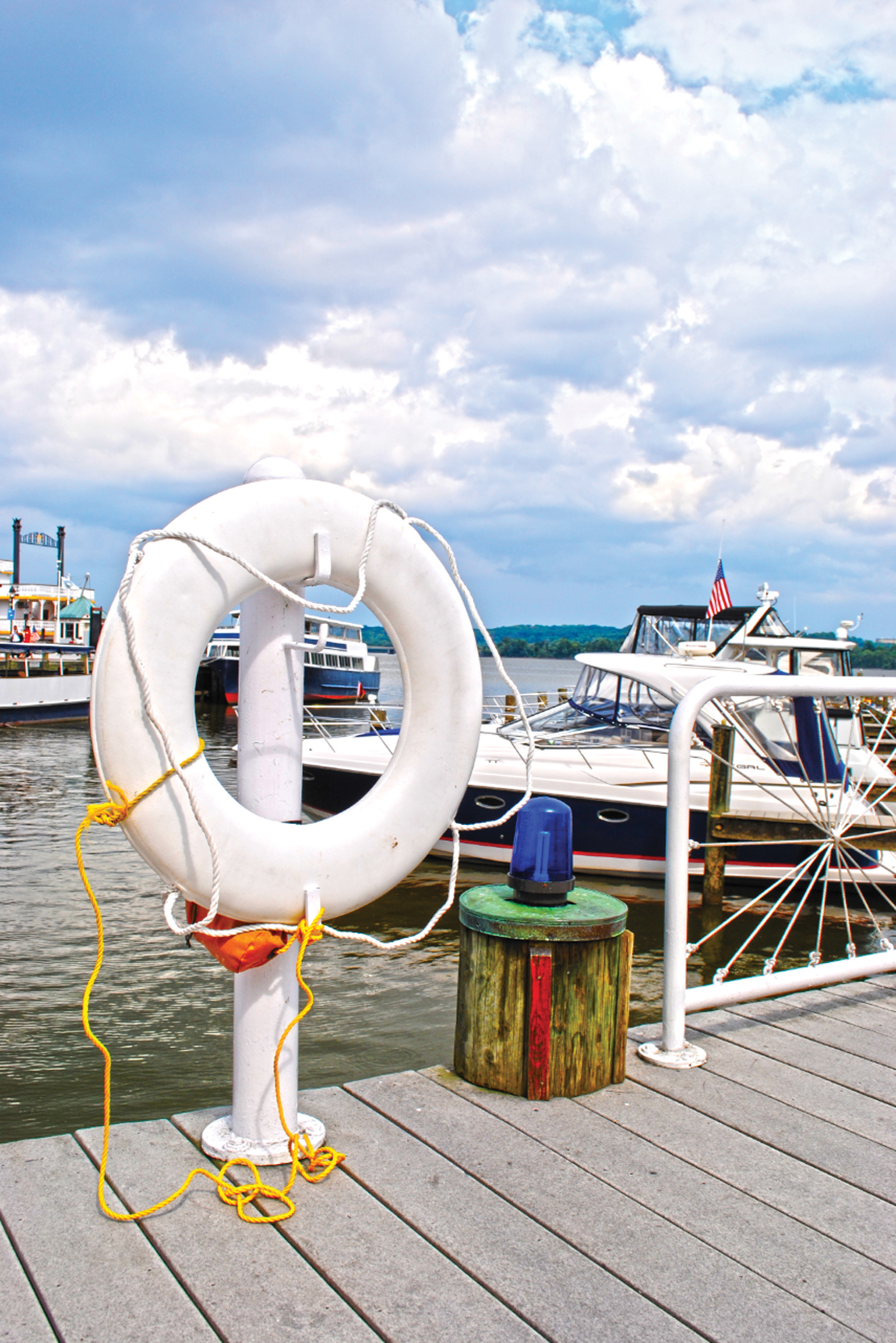
What attracts residents to live and work in Old Town Alexandria, and what attracts tourists to visit?
No doubt, some people choose Alexandria simply because it is safe and close to Washington, but many like the fact that it’s an old community with architecture to match and a sense of place. Even residents living on the West End or in Del Ray can appreciate Old Town’s uniqueness.
Indeed, Old Town is the heart of Alexandria and I have a feeling that most Alexandrian’s would take pride in knowing that it was citizens who have protected this place of special national significance for everyone in the city and in America.

Although efforts to preserve historic buildings in Alexandria started in the 1920s, it wasn’t until 1946 that the city finally adopted a historic preservation ordinance that protected more than one historic stricture. Commercial interests thought, however, that new development was more important and in the heyday of urban renewal in the 1960s the conflict reached new heights when more than 40 blocks of Old Town were slated to be demolished. In the end, only six blocks were razed along King Street near Market Square, but it left a permanent scar.
As Patricia Ellen McCloskey writes in her 1999 thesis, “Urban Renewal and Historic Preservation: A Case Study of Alexandria, Virginia, 1945-1960,” the “decades-long battle is a remarkable chronicle of a city determined to revitalize and a citizenry determined to protect the cultural heritage embodied in the built environment.”
Indeed, in 1966 the Alexandria Historic District, along with its waterfront south of Oronoco Street, was designated a National Historic Landmark by Secretary of the Interior Stewart Udall. Officially, this means Alexandria’s waterfront is a “nationally significant historic places designated by the Secretary of the Interior because they possess exceptional value or quality in illustrating or interpreting the heritage of the United States.”
In a situation not unlike what we face today on the waterfront, commercial interests and elected officials think new development will reinvigorate the waterfront quickly and cheaply, while many citizens like myself prefer a plan that hews more closely to our historic uniqueness. Citizens for an Alternative Alexandria Waterfront Plan has released a 200-page report written by residents mapping out several alternatives that have less of an environmental impact on the Potomac River and Chesapeake Bay and will draw tourists, too. The dismissive response that this report received from city officials is reminiscent of their attitude toward citizens generally.
There is no doubt that we must accommodate some commerce on the waterfront, but as national groups like the Project for Public Spaces have discovered, great waterfronts limit residential development and instead focus on showcasing their local identity and the “water” itself, among other key qualities.
The city’s current plan turns its back on history and the river in the hopes of making a quick buck from hotels and anything else a developer — the marketplace — will lure to our shores.
This is an appallingly shortsighted view of the waterfront and its value to Alexandria. So when you hear elected officials say that hotels, town homes and offices will fit just nicely on the waterfront and that residents who oppose this development are looking only at their own interests, and not the greater good of the community, I think its worth remembering what is so special about Alexandria.
The writer is co-founder of Citizens for an Alternative Alexandria Waterfront Plan and former vice mayor of Alexandria.









